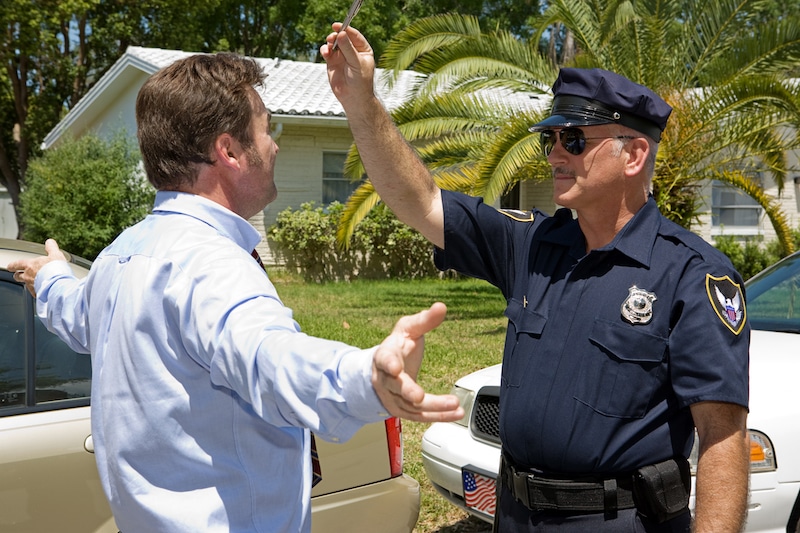
- HOME
- DWI
- What Is A DWI Specialist
- Arrested For DWI?
- DWI 2nd Offense
- DWI 3rd Offense
- Penalties For DWI
- Prior DWI Convictions
- DWI (Driving While Intoxicated)
- DUI (Driving Under The Influence)
- Drunk Driving Lawyer
- .08 Alcohol Concentration
- Felony DWI
- DWI with Child
- Intoxication Assault
- Intoxication Manslaughter
- DWI with CDL
- DWI Expunction
- Drivers License Suspension & ALR
- Impaired Driving vs Drunk Driving
- DWI & Gun Ownership
- Public Intoxication
- BWI (Boating While Intoxicated)
- FWI (Flying While Intoxicated)
- Drug Possession
- AVIATION
- REVIEWS
- PAYMENTS
- INFO
- ABOUT
- About Us
- DWI Specialist J. Gary Trichter
- DWI Lawyer Leslie LeGrand
- DWI Lawyer Aaron White
- DWI Lawyer Gregory Houlton
- Of Counsel Attorneys
- CONTACT
- HOME
- DWI
- What Is A DWI Specialist
- Arrested For DWI?
- DWI 2nd Offense
- DWI 3rd Offense
- Penalties For DWI
- Prior DWI Convictions
- DWI (Driving While Intoxicated)
- DUI (Driving Under The Influence)
- Drunk Driving Lawyer
- .08 Alcohol Concentration
- Felony DWI
- DWI with Child
- Intoxication Assault
- Intoxication Manslaughter
- DWI with CDL
- DWI Expunction
- Drivers License Suspension & ALR
- Impaired Driving vs Drunk Driving
- DWI & Gun Ownership
- Public Intoxication
- BWI (Boating While Intoxicated)
- FWI (Flying While Intoxicated)
- Drug Possession
- AVIATION
- REVIEWS
- PAYMENTS
- INFO
- ABOUT
- About Us
- DWI Specialist J. Gary Trichter
- DWI Lawyer Leslie LeGrand
- DWI Lawyer Aaron White
- DWI Lawyer Gregory Houlton
- Of Counsel Attorneys
- CONTACT
UNFAIR FIELD SOBRIETY TESTS
Sobriety tests are administered by law enforcement to determine whether or not a person is intoxicated, either publicly or during a traffic stop for a potential DWI or DUI. There are a variety of tests officers may use to test for intoxication, but the most common field sobriety tests are the single leg stand and balance test, the walk and turn test, and the eye test.
Each test is fairly self-explanatory, though the eye test is a bit more complicated. Unfortunately, these tests may very well be the difference between someone being charged with a DWI or DUI, and they are not necessarily the most reliable testing method for a number of reasons.
It is our opinion that these field sobriety tests are often unfair, which can lead to unjust accusations and charges for the people participating in the tests. From the demanding physical nature of the tests, to the potentially subjective reading of results, we believe that these tests present a biased and unfair means of determining intoxication.
Unfair in Nature
Most of these tests rely on a person’s physical capacity, and while a person might be fit to drive, that doesn’t necessarily mean they’re equipped and ready to handle an unexpected physical test of balance and coordination.
Whether it’s age, medical conditions, or even simply nervousness in the face of police presence, there are numerous ways that these tests might return a false positive for intoxication. In the moment, and at the discretion of any given police officer, you may be subjected to tests without any warning or explanation of how the officer will determine the results of your test.
While these tests are a mainstay of the standard roadside sobriety examinations, it is our opinion that they require a more accurate and complete scrutiny before a person faces a dire charge, such as DWI or DUI. As experienced Houston DWI lawyers, we believe every case deserves a fair trial, starting at the point a person is actually tested and charged for any given crime.
Unfair Field Sobriety Tests: Body Condition Can Change How You Perform
One of the main reasons we object to these tests as a gold standard for intoxication testing is because it relies heavily on a person’s physical fitness. Additionally, there is often little regard afforded to the circumstances of the individual.
For example, if someone is driving home after a late shift, tired and worn out from a physically demanding job, and they’re suddenly asked by a demanding authority to step out of their care and perform a series of balance tests? They may not perform as expected, even if they are in otherwise perfect health.
Fatigue, age, weight, pre-existing injuries and other conditions can all affect your ability to perform these tests. Unfortunately, due to common biases, someone stopping you and testing you for intoxication may be more inclined to see any failure as surefire evidence of intoxication, without considering the potential underlying effects someone’s personal situation may have on the test.
While we trust that officers and law enforcement are trained how to perform these tests, the test itself does not account for or involve officer training to identify a person’s overall physical condition. That is to say, officers can make cursory determinations at their discretion based on these tests, but without significant healthcare training, there’s no real way to determine whether or not these tests and their results are inherently tied to intoxication or some other factor.
It’s Their Opinion
Finally, these tests rely heavily on the administering offer’s personal discretion. That means, essentially, that regardless of training and results, it’s up to the officer to decide if a person is intoxicated in the moment.
The subjective nature of these tests is wildly unreliable — the consequences of an arrest or potential charge for DWI or DUI are incredibly severe, as well. Potentially subjecting a person to such harsh punishments, legal proceedings, or arrest based on what is essentially an opinion is inappropriate at best, and inhumane at worst.
Still, without a more comprehensive and complete approach to field sobriety testing, it’s likely that many more will face unjust charges or unsubstantiated claims of intoxication. That’s why our team of professional Houston DWI defense attorneys is here to defend citizens facing unjust charges based on unreliable methods.
TELL US ABOUT YOUR CASE
Get A Fast Response
Form Submissions have a fast response time. Request your free consultation to discuss your case with one of our attorneys over the phone. The use of this form does not establish an attorney-client relationship.
The information on this website is for general information purposes only. Nothing on this site should be taken as legal advice for any individual case or situation. This information is not intended to create, and receipt or viewing does not constitute, an attorney-client relationship.





